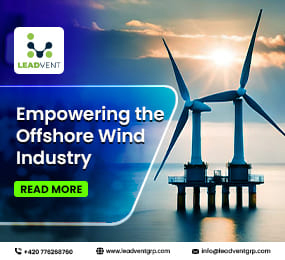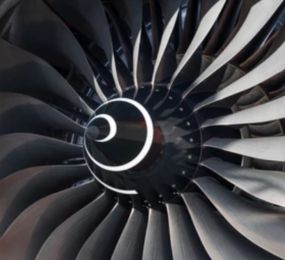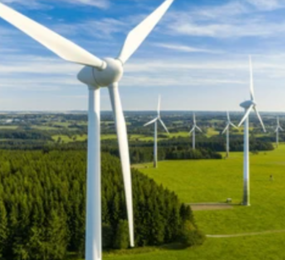As wind energy continues to expand as a key renewable power source, addressing the environmental impact of decommissioned turbine blades has become a critical challenge. Traditional wind turbine blades, primarily made from fiberglass and epoxy resins, have historically ended up in landfills due to limited recycling options. However, a circular economy approach is emerging as a sustainable solution, aiming to reduce waste, extend material lifecycles, and improve the overall sustainability of wind energy.
Understanding the Circular Economy in Wind Energy
A circular economy in wind energy focuses on designing out waste and keeping materials in use for as long as possible. This contrasts with the traditional linear model of "take, make, dispose," which leads to significant environmental concerns. By adopting circular principles, the wind industry can enhance resource efficiency, minimize waste, and create new opportunities for repurposing decommissioned blades.
Key Strategies for Wind Blade Recycling within a Circular Economy
1. Designing for Recyclability
One of the most effective ways to ensure wind turbine blades remain within the circular economy is to design them with recyclability in mind. Innovations in blade materials, such as thermoplastic resins, enable easier disassembly and repurposing at the end of their lifespan. These materials can be melted down and reused in new manufacturing processes, reducing the need for virgin resources.
2. Advanced Recycling Technologies
New technologies are making it possible to recycle composite materials more efficiently. Some of the most promising methods include:
Mechanical Recycling: Shredding blades into smaller components for use in construction materials, such as cement fillers or road aggregate.
Chemical Recycling: Breaking down composite materials into their base components for reuse in new products.
Pyrolysis: Using high temperatures to extract valuable fibers and resins for future manufacturing applications.
3. Repurposing and Secondary Applications
Instead of disposing of old blades, many companies and communities are finding innovative ways to repurpose them, including:
Transforming them into architectural structures, bridges, and playground equipment.
Utilizing them in public infrastructure projects, such as sound barriers and furniture.
Repurposing them for artistic installations and environmental awareness campaigns.
4. Collaborative Industry Efforts
A successful circular economy in wind energy requires collaboration between manufacturers, recyclers, policymakers, and investors. Industry partnerships are forming to develop standardized recycling practices and create closed-loop systems where retired blades are reintegrated into new production cycles. Initiatives like the Wind Europe Circular Economy Action Plan are working towards scalable solutions for blade recycling.
The Role of the 3rd Annual Wind Blade Materials & Recycling Forum
The 3rd Annual Wind Blade Materials & Recycling Forum provides a platform for industry leaders to discuss innovations in circular economy strategies for wind blade recycling. Through knowledge-sharing and collaboration, the forum plays a crucial role in accelerating the adoption of sustainable practices and advancing recycling technologies.
Conclusion
Transitioning to a circular economy for wind blade recycling is essential for the long-term sustainability of wind energy. By embracing recyclable materials, developing efficient recycling technologies, and repurposing decommissioned blades, the industry can significantly reduce waste and environmental impact. With continued innovation and collaboration, the wind energy sector can fully close the loop, ensuring a greener and more sustainable future.
Secure your spot now and be part of Africa’s sustainability transformation!
Click for full event details
Interested in speaking?
If you want to participate in the conference as a speaker, please kindly contact Mark Perry at [email protected]
Don’t miss this opportunity to improve your knowledge and showcase your products directly to your target audience & leaders from innovative and forward-thinking companies in the solar energy sector.
Plan on sending a team. For maximal benefit, we highly recommend that you send a team of 3+ to attend the event. That’s why we offer group booking discounts—enquire now to find out more—available for a LIMITED TIME ONLY.
Are you ready to be a part of the event?
Limited sponsorship opportunities are available; contact me today at Martin Smith, [email protected] | +420 776 268 760.
For more information on delegate registration and group participation, contact us at [email protected].
Leadvent Group—Industry-Leading Events for Business Leaders!










